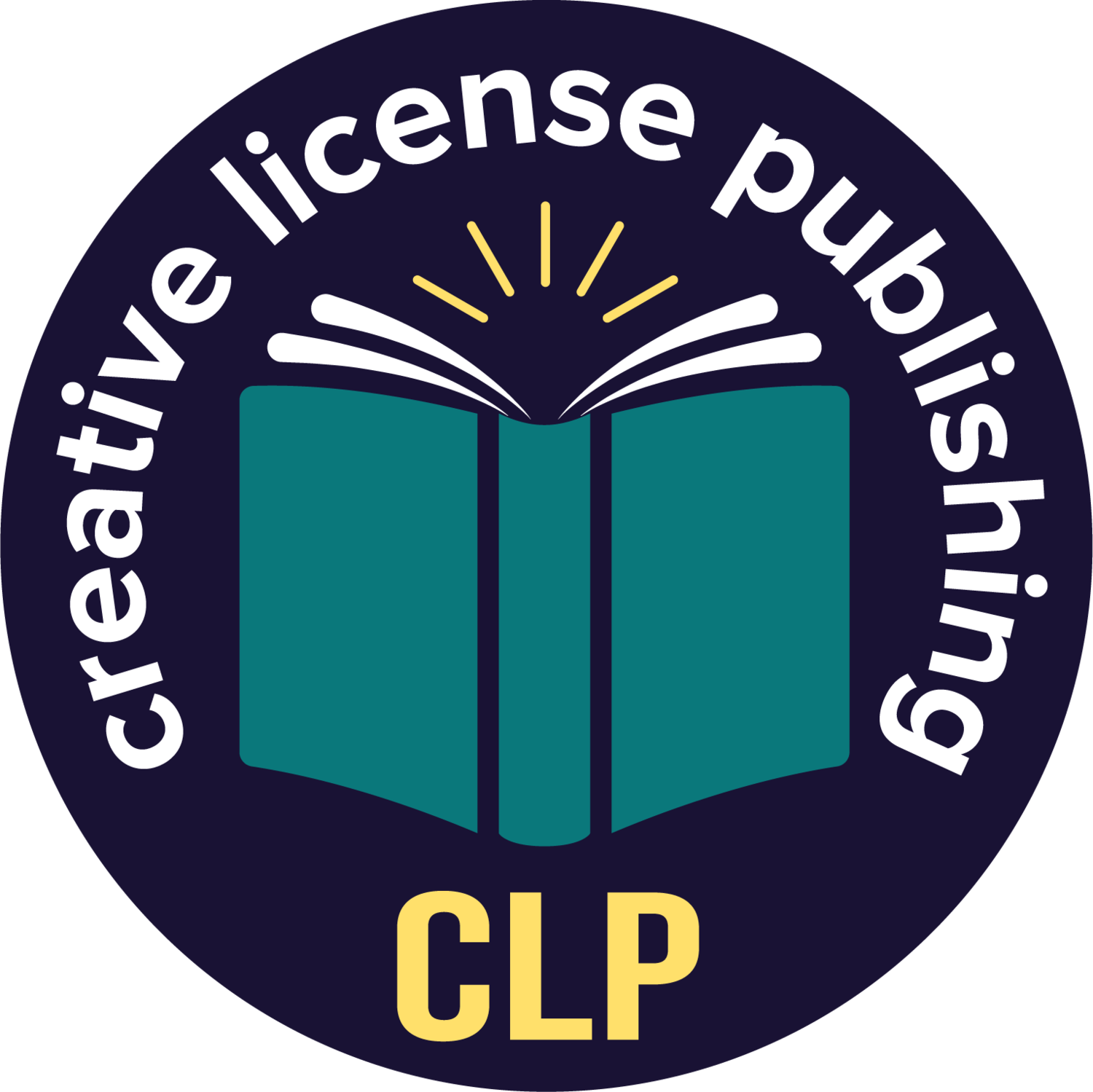So, You Want To Write a Memoir... - Part II
Two key facts from part one of our memoir blog are: One, a memoir has a focus on a specific theme and two, the goals of any “must read” memoir should encompass the following: written in first person, be relatable, be real, read like fiction, have a hook, keep the pace, and show versus tell. Make sure you have carefully read the first blog and given thought to each of those elements. Now comes the real work of writing, and the critical writing steps are outlined as follows:
Define your theme. Writing a memoir as we have stated requires a theme; an overall message you wish to share with your reader. For some this is an easy task, while others may find identifying their message anything but clear cut. When you are struggling with defining a theme move onto steps two through four, and then revisit step one afterwards. As with anything, distance provides clarity.
Take notes. Jot down notes of all the experiences related to your theme.
Use photos and memorabilia. Go through your photos and/or any other items that hold or spark memories for you. As you look at the pictures or keepsakes, be sure to write down any feelings they may evoke and/or any new details that come to mind.
Interview family and friends. Talk to family, friends, or anyone who can provide you with a different perspective or even remind you of anything you may have forgotten.
Outline. At this point you should have a defined theme and have a solid collection of notes and information. The next step is to put together an outline. Is an outline a necessary step? I always answer this question a definitive yes. Outlines provide the writer with an essential framework to build a story. The outline is not a fixed in stone instruction nor is it meant to impede creativity. Its existence gives the writer a reference point and ensures completeness in capturing pertinent elements. You can download our free outline here.
Define your audience. Ask yourself: Who will relate to the stories I tell and my overall message? Remember, the focus should be to capture and keep the reader’s interest. You can’t accomplish capturing and keeping if you don’t identify who it is you are writing for.
Determine tonality. How do you want to sound to the reader? Do you want to sound whiney, lethargic, resilient, or positive for example? Which tone will appeal to the readers you define in step six? I often suggest to writers that when dealing with sensitive or difficult topics to mix in a little self-deprecating tone to inject humor or lightheartedness. This will put the reader at ease and keep them engaged. Just remember, always be true to your message and yourself.
Looking through old photos can help you spark memories/
Putting together an outline is an essential step.
Just note, if you know or even think there is a chance your memoir might be met with opposition, change names, dates, personal details, and places where events occurred. Oftentimes, many of the writers will write under a penname for that reason. There is never any need to make your memoir a source of contention with loved ones or be the reason someone takes legal action against you. Be mindful of what information you convey and how you put it to cover yourself from any negative recourse. No one wants to end up in court over their memoir!
Once all the above steps are complete, start writing. Note, it’s important to figure out where and when you write best. Set attainable and measurable goals to keep yourself accountable and on track. When you are finished, seek independent reviews. I can’t stress this final point enough for the future success of any story you write.
CLP will be here if you need any help along the way. Please email us at info@creativelicensepublishing.com at any point in the process. We are writers helping writers!
If you are looking for additional assistance with your memoir writing journey, you can use our helpful, step-by-step memoir writing workbook, Inspired: How to Write a “Must-Read” Memoir available here




